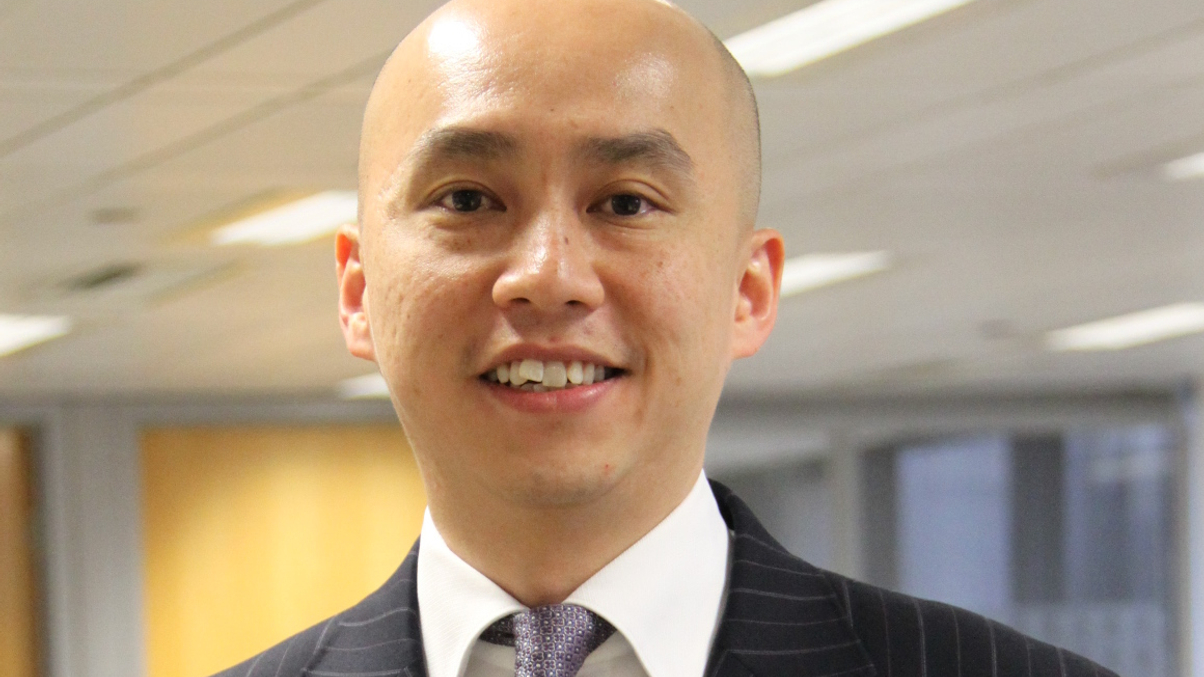SSgA boosts Asia ETF team, plans listings
State Street has hired its first Asia head of business development for exchange-traded funds to target fund managers, among others.

Ray Chan joined State Street Global Advisors (SSgA) earlier this month as Asia ex-Japan head of business development for its range of SPDR exchange-traded funds.
Sign In to Your Account
Access Exclusive AsianInvestor Content!
Please sign in to your subscription to unlock full access to our premium AI resources.
Free Registration & 7-Day Trial
Register now to enjoy a 7-day free trial—no registration fees required. Click the link to get started.
Note: This free trial is a one-time offer.
¬ Haymarket Media Limited. All rights reserved.


